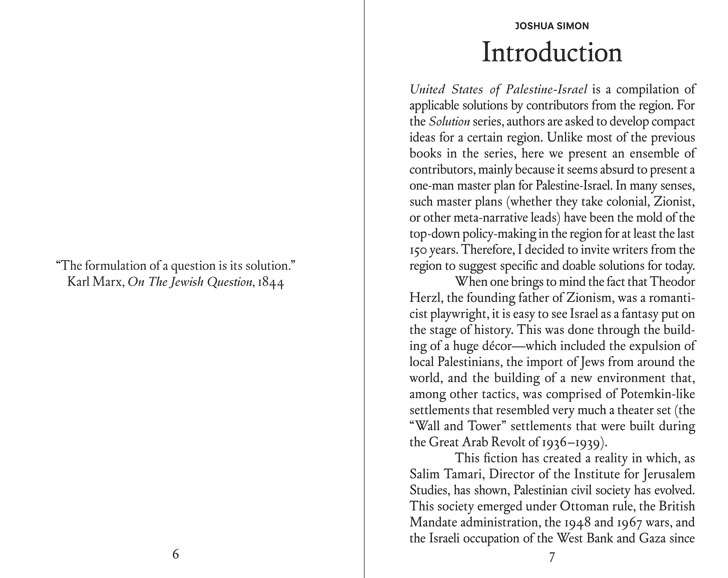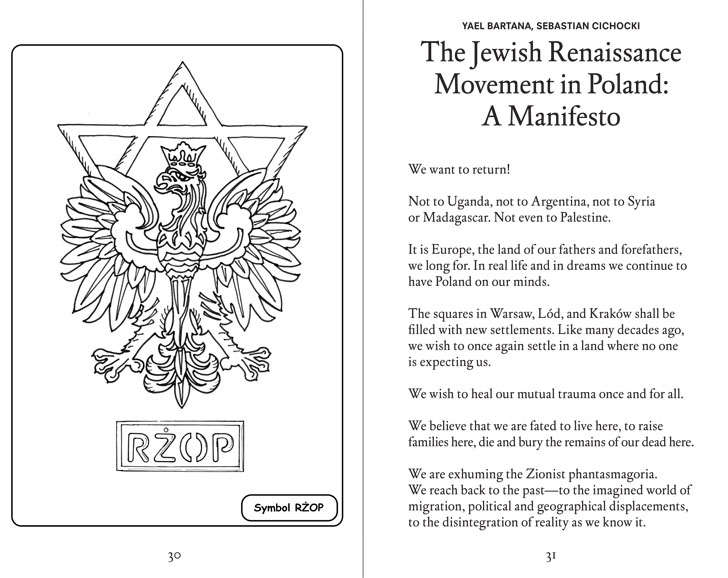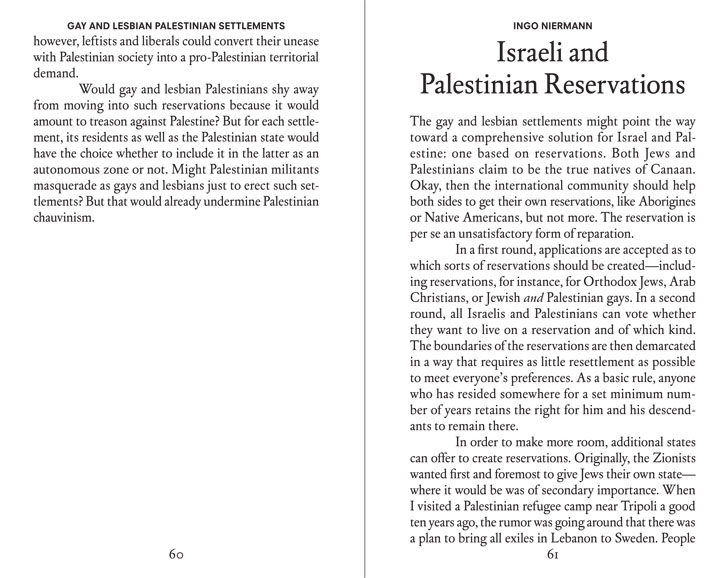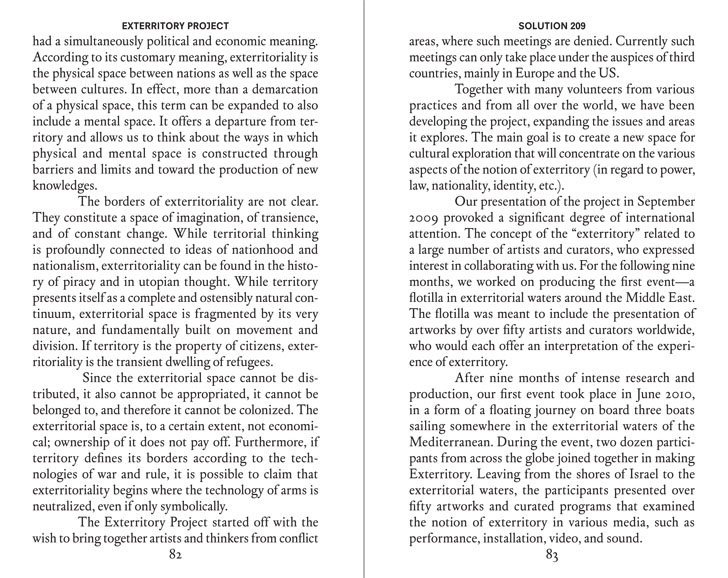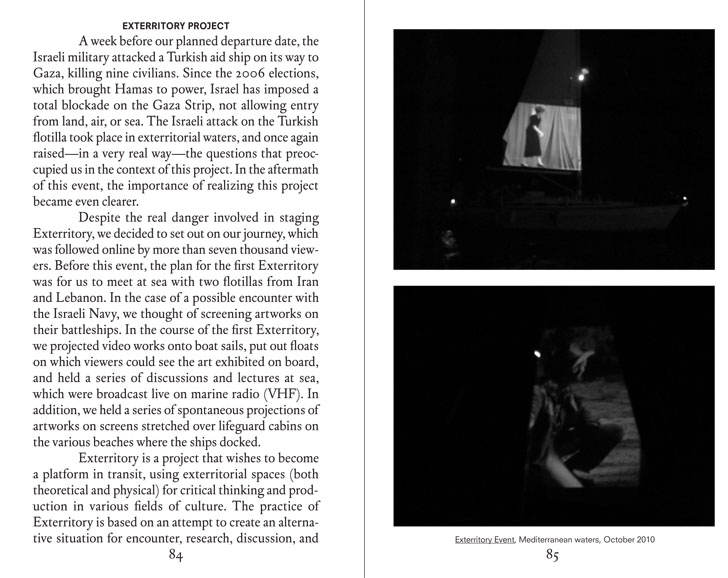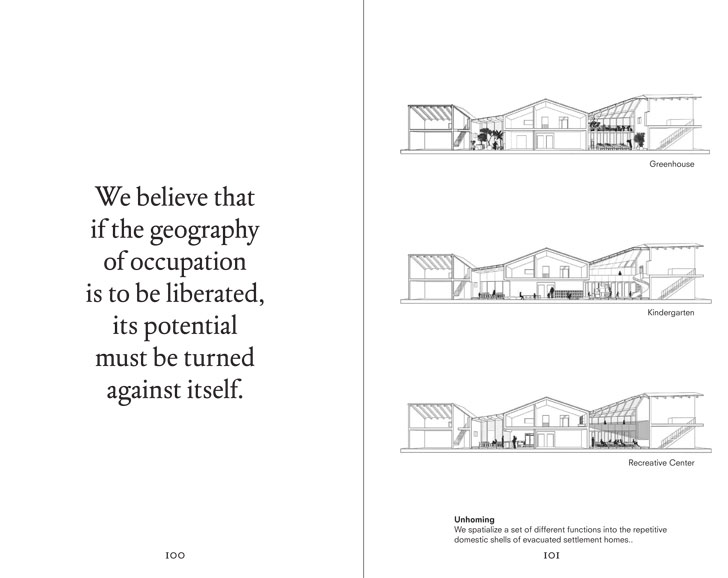Cart totals
| Subtotal | €361.13 |
|---|---|
| Shipping |
Shipping options will be updated during checkout. |
| Total | €431.13 |
| Subtotal | €361.13 |
|---|---|
| Shipping |
Shipping options will be updated during checkout. |
| Total | €431.13 |
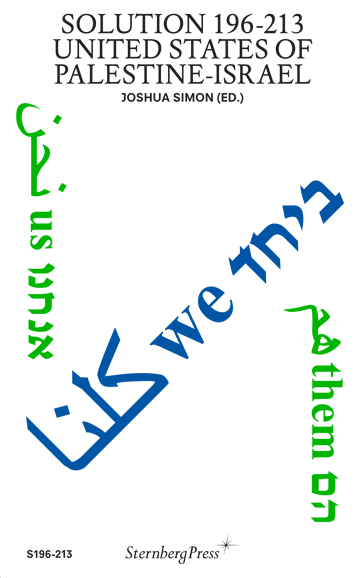
Solution 196–213: United States of Palestine-Israel is an anthology of texts proposing a doable solution for the region. With contributors based in Ramallah and Tel Aviv-Jaffa, Beirut and Jerusalem, New York and Bethlehem, Nazareth and Warsaw, the book offers solutions that will make life better, and proposes ways to do it.
“Solution” is a tricky term especially in relation to the ongoing newspeak of the last two decades in Palestine-Israel. In their contributions for this book, Sandi Hilal, Alessandro Petti, and Eyal Weizman suggest revisiting the term “decolonization,” “in order to maintain a distance from the current political terms of a ‘solution’ to the Palestinian conflict and its respective borders. The one-, two- and now three-state solutions seem equally entrapped in a ‘topdown’ perspective, each with its own self-referential logic.”
Unlike previous books in the Solution Series, this book invited several writers from the region to suggest specific and doable solutions for today. This is mainly since it seems absurd to present a one-man master plan for Palestine-Israel. In many senses, such master plans (whether they take a colonial, Zionist or other meta-narrative lead) have been the mold of the problem in the region for at least the last 150 years.
The idea is therefore to rethink the different antagonisms that structure our ways of resistance and compliance: to rethink Semitism and 1948, rethink identity and territory, rethink resistance and memory, rethink democracy and state, rethink Zionism and decolonization, rethink refugee and property, rethink religion and solution.
